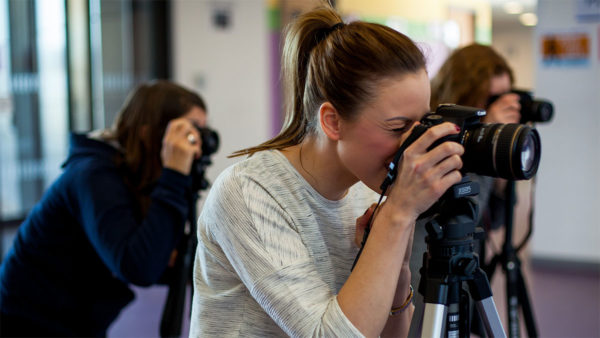At the beginning of your fundraising career – or when you start doing more direct response fundraising than you have in the past – you need to make “bets” on what you think your donors will be most likely to fund.
You’re writing an e-appeal and wondering, “Should I talk about this program, or that program?”
You’re writing an appeal letter and wondering, “Should I ask donors to fund this, or to fund that?”
Each decision is a bet.
The more bets you make, if you pay attention to the results, the better you’ll get at making bets. And ultimately, the better you get at making bets, the more money your e-appeals, appeals, newsletters, and events will raise.
The way to get better at this is for your organization is to practice.
Let me give you an example. It’s an outlier for most of us, but it makes the point.
My mentor spent his career doing direct response fundraising for some of the biggest nonprofits in the country in the 60s, 70s, and 80s, including most of the national Christian nonprofits.
True story: by the end of his career, he had sent so many pieces of direct mail, to so many of the lists available, that he could make accurate predictions for how each letter would perform.
He would hold the mockup of the letter in his hand, look at the offer, and look at the writing and the design. Then he would look at the mailing list that it was being mailed to. Cultivation, acquisition, didn’t matter – he could tell you with relative certainty how many people would respond, what the average gift would be, etc.
I walked into his office once and he was concentrating so hard he didn’t notice me for a couple minutes. He was as “in the zone” as it’s possible to be. I watched him write some numbers in the margins of a printed-out spreadsheet, then I asked him what he was doing.
He said, “I’m writing down my predictions for how each letter to each mailing list is going to perform.”
Here’s the amazing thing: he was usually correct to within a 10th of a percentage point on response rate, and within a dollar or two on average gift size.
It was remarkable. It was otherworldly.
He was able to do it because he had done it so many times before. He was very, very good at making “bets” for what an organization should talk about, how they should talk about it, and who they should talk about it to.
And when he was wrong – when one of his predictions didn’t match up with what actually happened, he would say, “Huh, I wonder what I missed?” And then he’d look at the letter and the list to figure out where he had gone wrong, so that his next bet was more accurate. So that his next bet raised more money for whatever nonprofit he was serving.
You and your organization can get great at knowing what to talk about, how to talk about it, and who to talk about it to.
But you have to practice. A lot.
It’s not a gift, not a talent, not an ability. It’s an acquired skill.




